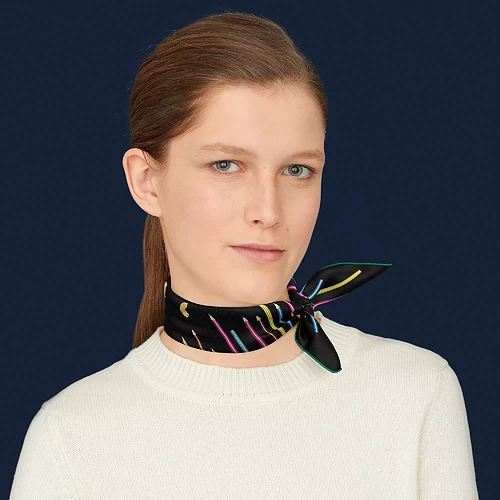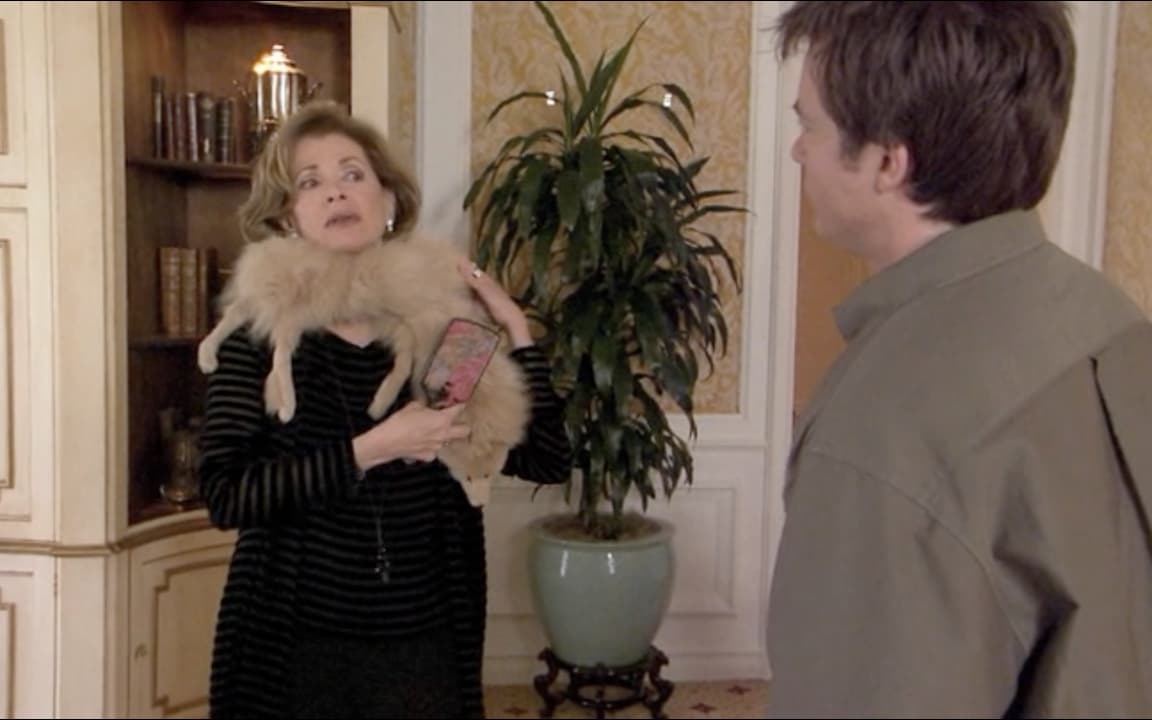When we do market today, we are still largely selling “long warm days, cool nights
and special soils.” You know what I mean by that. We spend time talking about the
date of harvest, the pH of the wine, acidity and pick dates. We speak of the owner,
their background and their successes, if not also the family’s history. Some owners
put drone footage of their beautiful properties on their websites to entice visitors.
The first few times you hear the generic “family story” for a winery it’s kind of charming and nice. The 70th time it gets a little old. There’s also not much that distinguishes one estate’s story from another in the vast majority of cases (unless you view “formerly a doctor/techie/lawyer/banker” as differentiating compared to “well-off family farmer”). Large corporate wineries are generally even worse. I think there are better ways to differentiate some of these brands and wineries–one great way to start would be more having more variety in varietals–but maybe this similarity is just a factor of having 200,000+ different wine brands in the US that the article mentions.
What we are doing in the premium industry is selling white-linen hospitality and
gracious living, with a nod to the lifestyles of the rich and famous in many cases —
information that’s interesting to wine geeks and consumers over 60 but probably
not to the vast majority of potential customers. That message is at best wasted on
a younger crowd; at worst, it’s turning them off, as the data demonstrates.
I really don’t like the “lifestyles of the rich and famous” aspect of wine. Maybe that appeals to some customers, especially at the premium end, but I prefer a simpler, more direct form of interaction both in tastings and in marketing materials/information on websites. I love hearing the stories of the winemakers and how they put out a product connected to that piece of soil, not how exclusive their allocations/club tiers are (if your website lists “acquire” I already know I am not your target audience), how luxurious their tasting room/experience is, or how connected they are to wealth in some way. I don’t think that portraying wine as a luxury class symbol is going to be a winning argument for gaining market share among Millennials and especially Gen Z
The education challenge I don’t think is a bad thing necessarily. It’s been something that I’ve found intriguing and fascinating when done right and it seems in general that a lot of people are curious to learn more about wine (one key is to strike the right balance between being informative and approachable; André Mack’s YouTube videos are excellent on this front). The problem with getting an education is opportunity and price. One can buy dozens of different craft beers to sample from $3 to 6 a bottle or $7 to 10 a glass (or get a flight for $12 at the brewery) while that kind of opportunity to taste a lot of wine cheaply is considerably more difficult. As the article notes, “consumer trial is the acid test, and it’s one place where the wine industry is lacking.”
Perhaps more pessimistically, you can “use” a Hermes scarf or another luxury accessory on your own all the time. If you want to impress with or just share a bottle of wine, you need to have friends and have an in-person meeting with them. A decline in in-person socialization seems like it would tie into a decline in interest in wine compared to other displays of luxury (or even types of drinks) that work better alone.

